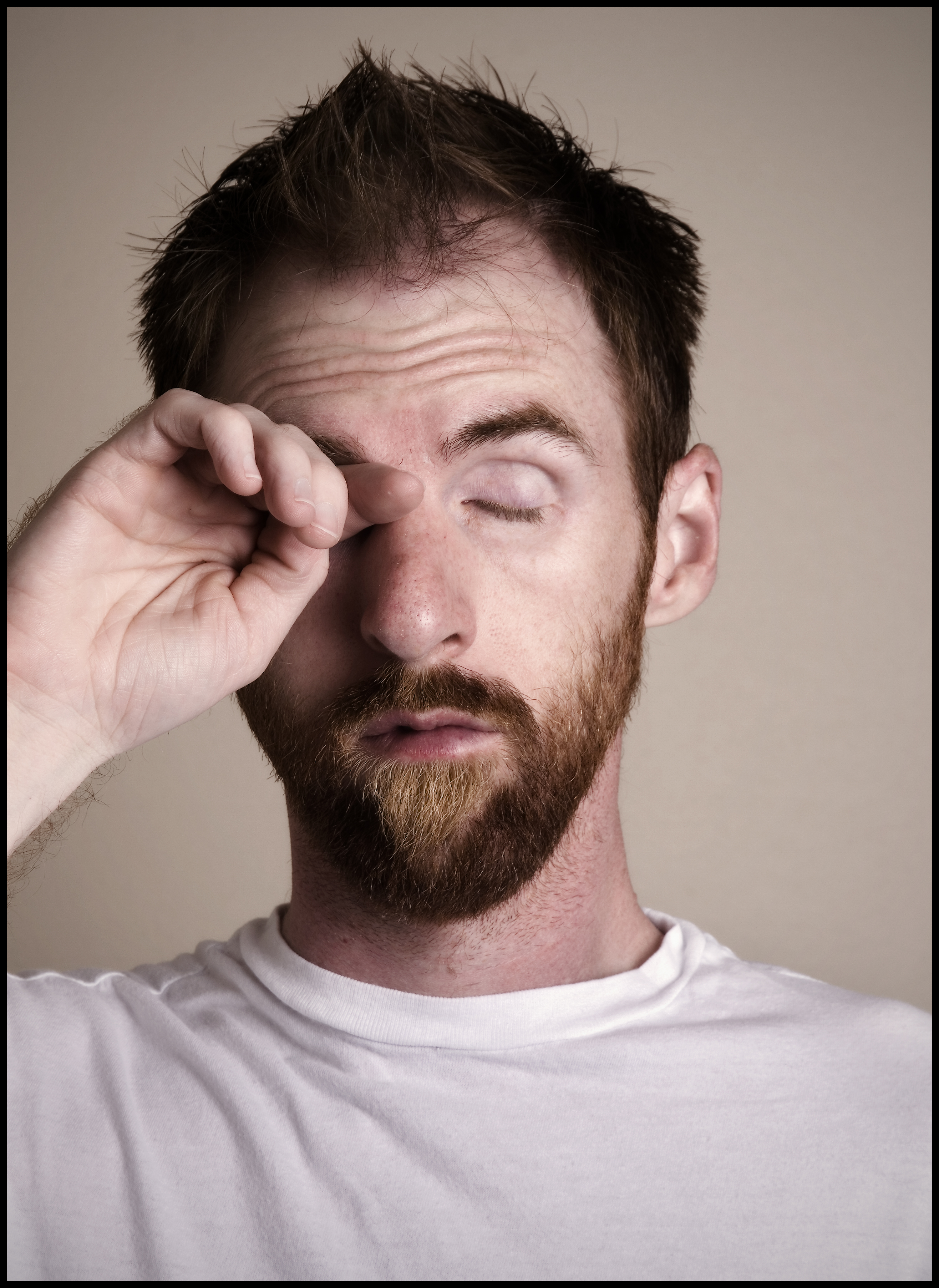
Sleepy Face.
Image from the Flickr Commons. https://farm4.staticflickr.com/3083/2381417367_b731167
105_o.jpg
Have you ever felt tired after waking up from a good 8 hours of sleep?
It turns out that sleeping the recommended 8 hours straight may not be how people slept in the past. By past, I mean hundreds of years ago.
Sleep is a state where brain wave activity, breathing, heart rate, blood pressure, body temperature and other physiological functions change to enter a period of reduced activity. In more practical terms, people sleep at night to rest and function during daytime. Without sleep, we know what happens—grumpiness, grogginess, and forgetfulness. In the long-run, lack of sleep also impacts mental and physical health. That is why most people recommend getting enough sleep at night.
But, what if it is more natural for people to sleep in two blocks of time at night?
Roger Ekirch, a historian at the Virginia Polytechnic, published a seminal paper in 2001, after 16 years of research, suggesting that people had first and second sleeps. In his book called At Day’s Close: Night in Times Past, more than 500 historical records show people going to sleep few hours after dusk and waking up around midnight for 1-2 hours of relaxing activities. Then, they would sleep again until sunrise. In between the two sleeps, people would read, write, pray, or even visit their neighbours. Just as trying to sleep straight from night to morning is normal for us, segmented sleeps were normal for our ancestors.
An experiment in the 1990s by a psychiatrist Thomas Wehr, also observes a similar sleeping pattern to that of our ancestors. A group of people was put into darkness for 14 hours everyday for a month. By the last week, people clearly slept in two segments of approximately 4 hours, waking up in the middle for an hour or two. Jessa Gamble refers to this experiment in her TED talk about natural sleep cycles:
If bimodal sleep is natural, why have people shifted to unimodal sleep?
Improvements in artificial lighting allowed people to engage in activities at night as well. As a result, people became more conscious of being efficient with work. In other words, “workaholics” may have been born. Also, exposure to artificial lights makes it worse to fall asleep. By the 1920s, the notion of bimodal sleep completely perished in people’s minds.
However, some experts believe that many insomnia problems today are from our segmented sleeping habits and excessive lighting we have around. Sleep psychologist Gregg Jacobs and Oxford’s neuroscience professor Russell Foster are two of the many who think waking up in the middle of the night is not abnormal.
Tired in most mornings myself, I was stunned by the concept of two sleeps. However, it seems a bit hard to try it out because I get different hours of sleep each night depending on my timetable. Nonetheless, when I wake up in the middle of the night, I will not worry for the lost sleep anymore, but relax and think that this may be more natural.
By: Jina Choi
References: Sleep, why they used to do it twice a night, The myth of the eight-hour sleep, The characteristics of sleep, The science of sleep

